Source: IoT Think Tank, organized and published by InHand Networks
With the development of the Internet of Things (IoT), the amount of data generated by industrial manufacturing equipment will increase significantly. If all this data is to be processed in the cloud, more data processing resources will be required, and the “cloud” will inevitably become overloaded, thus the edge computing gateway from InHand Networks was born to share the load of cloud computing.
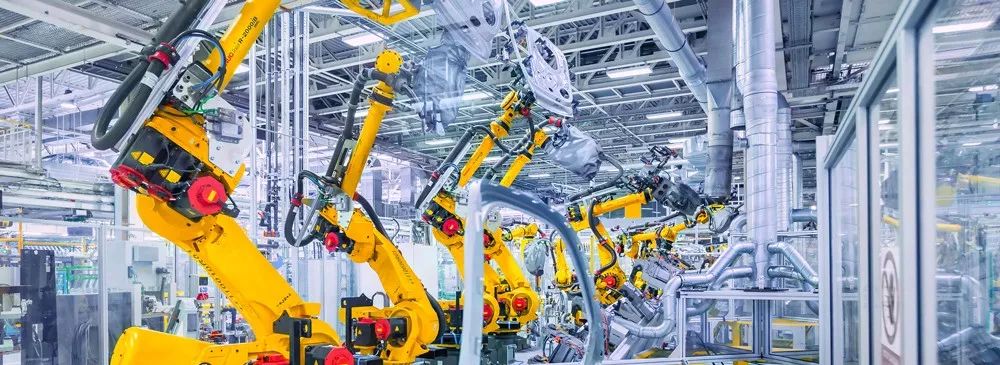
“90% of the data we collect is garbage,” lamented the owner of a factory in Kunshan, Jiangsu, “We collected data almost every minute of the year, yet we don’t know how to utilize it. Compared to the various costs incurred in data collection, I think it’s not worth it.”
This year of data collection has made this owner lose his initial enthusiasm for the industrial internet, raising the question: do we really need a large amount of industrial data now?
“If a few more workers can solve the problem, why should I go through the trouble of collecting data and developing the industrial internet? It may not even be effective!”
Indeed, no matter how grand the concepts of industrial IoT, big data, and digital twin may sound, if they cannot solve the core issues of enterprises—improving profits and reducing costs—they are bound to be mere theoretical discussions. While data itself is important, services and applications that can directly solve problems are more valuable to enterprises. Currently, besides how to collect data, the critical question most enterprises face is what data is worth collecting? In simple terms, it is about how to leverage data to generate value!
We know that the collection and transmission of industrial data are primarily done in an “edge-pipe-cloud” model. In the application site, the “edge” is responsible for collecting data and executing commands, the “pipe” facilitates the data transmission path, while the “cloud” is responsible for all data analysis and control logic functions. Whether this entire process can be smoothly connected is crucial for data collection, analysis, and application capabilities.
However, with the development of the IoT, the amount of data generated by industrial manufacturing equipment will continue to increase. If all this data is to be processed in the cloud, it will require endless spectrum resources, transmission bandwidth, and data processing capabilities, making the “cloud” inevitably overloaded. At this point, edge computing is needed to share the pressure of cloud computing. For example, when a company is small, the board can manage the company down to the smallest detail, but as the company grows, it needs to give frontline employees the necessary autonomy.
Therefore, edge computing gateways responsible for data collection, processing, and transmission on the industrial site play a crucial role in enabling the smooth transmission of industrial data, integrating with cloud platforms—achieving edge-cloud integration. Finally, by utilizing big data analysis to empower production, the true value of industrial data can be realized.
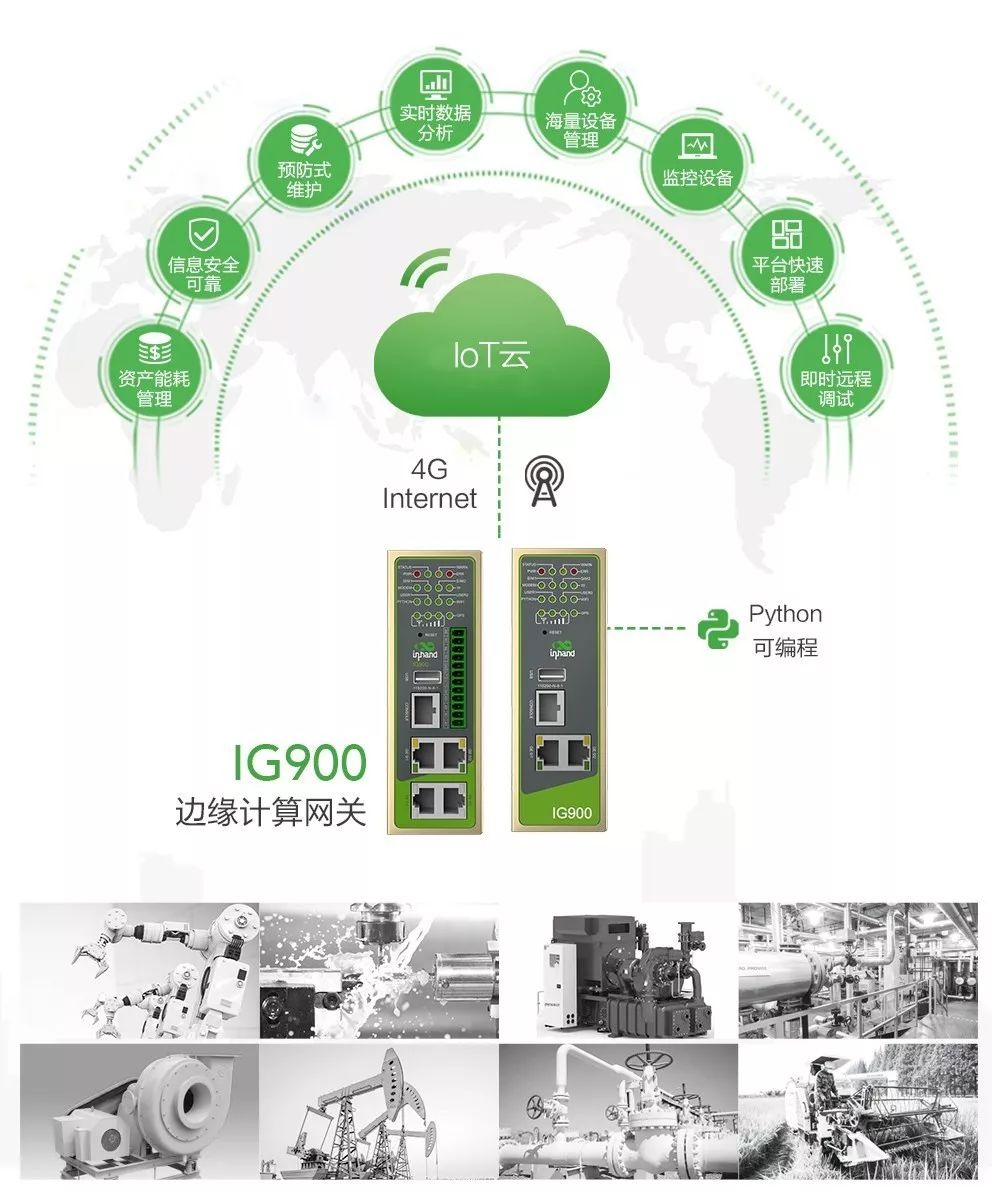
Figure: Edge-Cloud Collaboration
Two key questions arise that we must face:
1. How can we ensure the validity of data under the massive influx of industrial data?
2. What value can “edge-cloud” integration bring to industrial IoT?
“Outsiders watch the excitement, insiders see the details.” In answering these two questions, InHand Networks, which has been cultivating the industrial IoT field for 17 years, has a significant say.
Enhancing Edge Computing to Solve Data Influx Pain Points
Gartner’s report on the “Top 10 Strategic Technology Trends for 2018: From Cloud to Edge” predicts that by 2022, with the continuous development of digital business, 75% of enterprise-generated data will be created and processed outside traditional centralized data centers or clouds.
As the industrial IoT develops, there will inevitably be more local control and on-site data. Faced with this increasing amount of on-site data, how can we process it to ensure its validity while reducing the pressure on cloud computing?
In the industrial world, even a slight improvement can bring significant advantages; conversely, any minor failure can lead to considerable losses—many data in industrial sites have a short “shelf life.” If processing is delayed, the data can quickly “spoil,” leading to a cliff-like drop in data value. Processing data on the industrial site can be likened to “walking a tightrope.” At this point, “edge computing” plays an irreplaceable role.
If we liken the brain to the cloud, then edge computing is like the nerve endings, processing simple stimuli and feeding the processed feature information back to the cloud brain. Therefore, industrial IoT players, including InHand Networks, are focusing on edge computing.
Founded in 2001 and listed on the New Third Board in 2014, InHand Networks is one of the earliest companies in China to independently develop and manufacture IoT communication equipment. Currently, the company has expanded its main business from M2M products to industrial IoT solutions, providing M2M devices and IoT solutions for various industries including industrial automation, power, new retail, smart cities, smart business, energy, vehicle networking, security, transportation, agriculture, and municipal services.
From the development process of industrial IoT, InHand Networks’ empowerment of industrial IoT coincides with several key stages of industrial IoT development: from industrial equipment not collecting data to networked data collection; from primarily cloud-based data processing to edge-cloud integration.
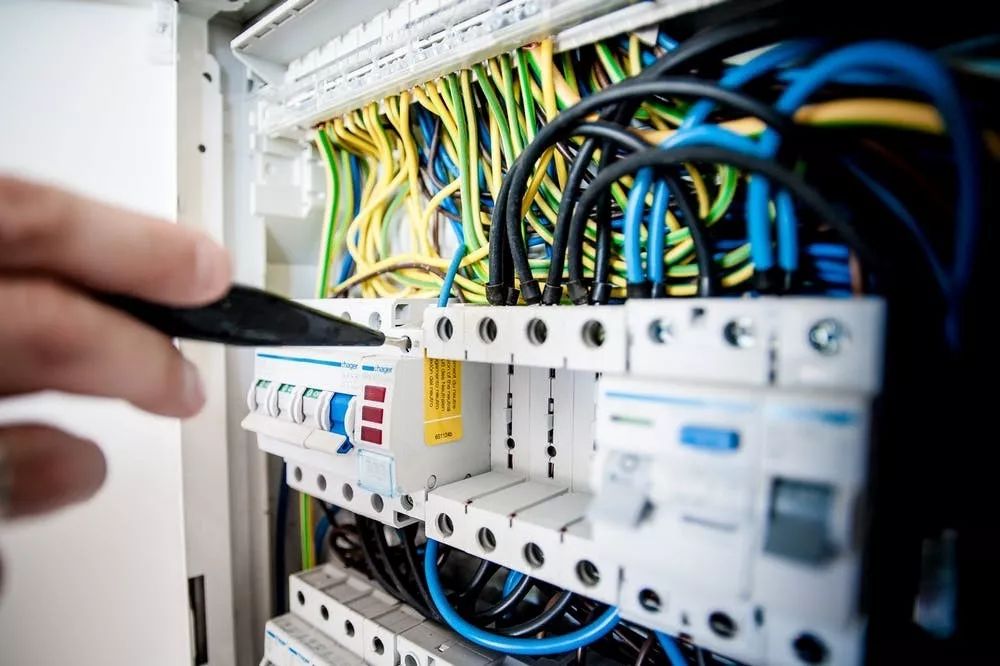
Figure: Industrial On-Site Data Collection
Although the core issue pursued by industrial enterprises is how to empower production with data to generate value, we cannot overlook the common problem that has plagued industrial enterprises for many years—the key preliminary step in data processing—how to collect data? For any industrial enterprise, the first step to mining the data gold mine is data collection. Talking about big data analysis without discussing data collection is like building castles in the air; an industrial cloud platform without data is like a tree without roots.
In different industrial production processes, due to the numerous brands of automation products, the diversification of industrial interfaces, and the lack of unified industrial protocols, seemingly simple data collection is not so easy. Moreover, with the accelerating speed of industrial data influx and the increasing urgency for edge-cloud integration, this undoubtedly presents a tremendous development opportunity for InHand Networks, which focuses on “edge-cloud integration solutions.” Thus, this is the core reason why InHand Networks launched the IG900 series edge computing gateways.
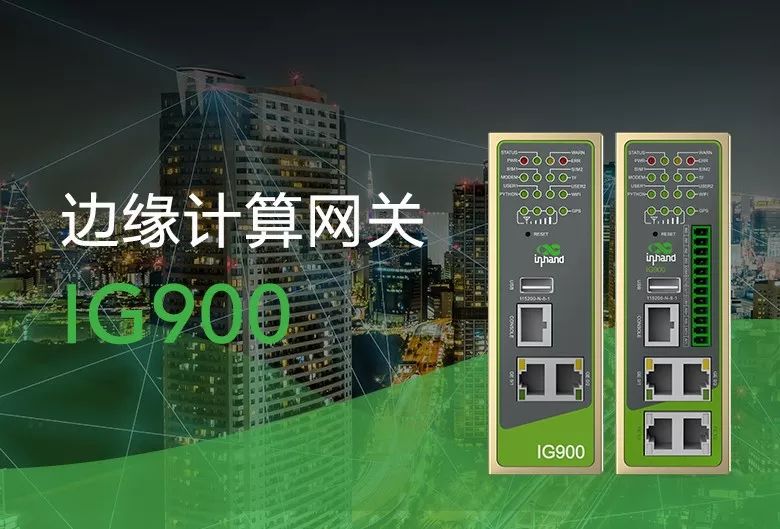
Figure: IG900 Edge Computing Gateway
This series of gateways primarily addresses three major pain points in data collection on the industrial site from the perspective of edge computing: First, they have rich industrial interfaces and are compatible with various mainstream industrial bus protocols, including Modbus TCP/RTU, Profinet, Profibus, EtherNet/IP, EtherCAT, OPC UA, CC-LINK, PPI, enabling rapid access to complex industrial sites; Second, based on edge computing architecture, they provide a development environment for edge applications on industrial sites; Third, in conjunction with various mainstream industrial clouds, as partners of giants like Microsoft, Amazon, and Alibaba, InHand Networks’ IG900 series edge computing gateways support Microsoft Azure, Amazon AWS, Alibaba Cloud, Schneider EcoStruxure, Siemens MindSpere, providing comprehensive ecological solutions for the IoT industry.
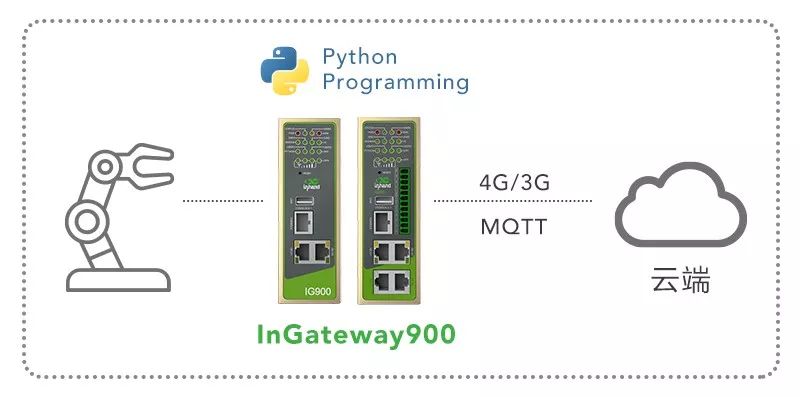
Figure: Some Clouds Supported by IG900 Edge Computing Gateway
In addition to data collection, in terms of data processing and application, due to the short “shelf life” of data on industrial sites and the issue that a large amount of “garbage” data does not need to be transmitted to the cloud, InHand Networks’ IG900 series edge computing gateways can not only quickly implement data collection, solving the “shelf life” issue but also filter and preprocess the collected data, thereby alleviating the pressure on cloud computing.
So, based on this edge computing gateway, how does InHand Networks’ edge-cloud collaboration empower industrial IoT?
Integrated IoT Solutions for Edge-Cloud Collaboration
Although from an industrial perspective, edge computing is developing rapidly, from an application perspective, it is still in the early stages of implementation. The integration of edge computing and cloud computing can truly reflect the value of industrial data.
In fact, the industry has recognized the importance of edge-cloud collaboration and has actively explored it. For example, Huawei’s smart edge platform IEF, announced at its HC2018 conference, explicitly proposed the concept of integrated services for edge and cloud collaboration; Siemens introduced the concept of Industrial Edge in 2018, which broadly aims to achieve collaboration between edge computing and cloud computing through the deployment of Industrial Edge Management in the cloud. InHand Networks, at this year’s Hannover Messe, showcased “InHand Device Networks Cloud” + “Edge Computing Gateway” based on edge computing gateways, achieving edge-cloud collaboration.
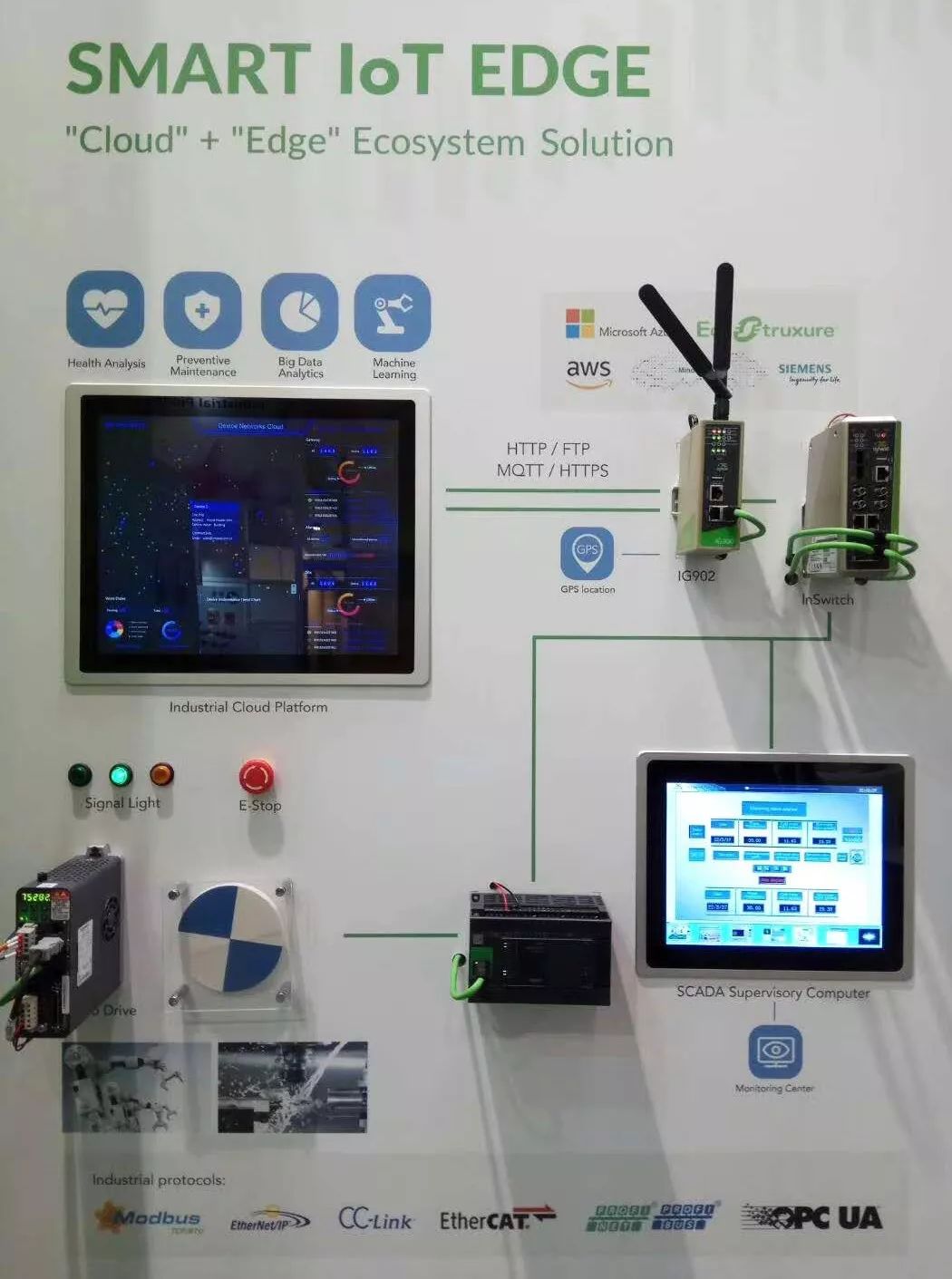
Figure: InHand Networks’ “Edge-Cloud Collaboration” Display at Hannover Messe
Since edge-cloud collaboration is so crucial for industrial data, how do we understand edge-cloud collaboration? The key to processing data in edge-cloud collaboration lies in data integration.
In industrial scenarios, on one hand, real-time analysis algorithms are directly run through edge computing, and on the other hand, leveraging the collaboration between edge and cloud enables models to continuously grow and optimize, thereby enhancing the platform’s real-time analysis capabilities. Of course, the capabilities and connotations of edge-cloud collaboration will vary when applied to different scenarios, as each type of edge computing business model has different needs for collaboration with cloud computing.
For instance, in flexible manufacturing processes, the application of modern industrial robots is becoming increasingly widespread. The stability and reliability of robots and mechanical arms on production lines are crucial for ensuring economic benefits for enterprises. The large-scale deployment of industrial robots, along with their complex structures and high maintenance costs, places high demands on the maintenance capabilities of production enterprise technicians. This is primarily reflected in the need to detect anomalies in robot components and control devices before failures occur and to alert users for targeted maintenance before downtime, thus reducing downtime to zero and achieving continuous production.
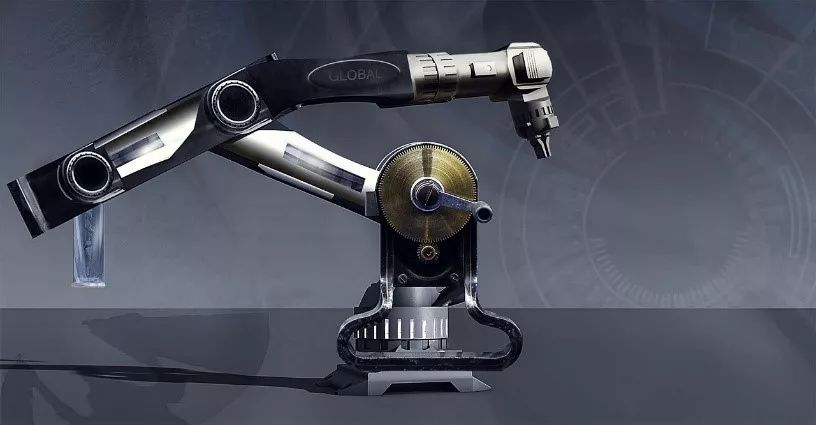
Figure: Industrial Robot
The core point here is to achieve preventive maintenance through edge-cloud collaboration, ensuring continuous and effective production. InHand Networks offers an ecosystem solution for remote management of industrial robots through “cloud” + “edge,” where intelligent devices like industrial robots are connected to IG900 series edge computing gateways via various industrial buses or high-speed Ethernet for immediate data collection, filtering, processing, etc.
In the cloud, the InHand Device Cloud can gather real-time production data from industrial sites for centralized storage, analysis, processing, and prediction, greatly enhancing operational and maintenance efficiency from network management, site probing to perception and response.
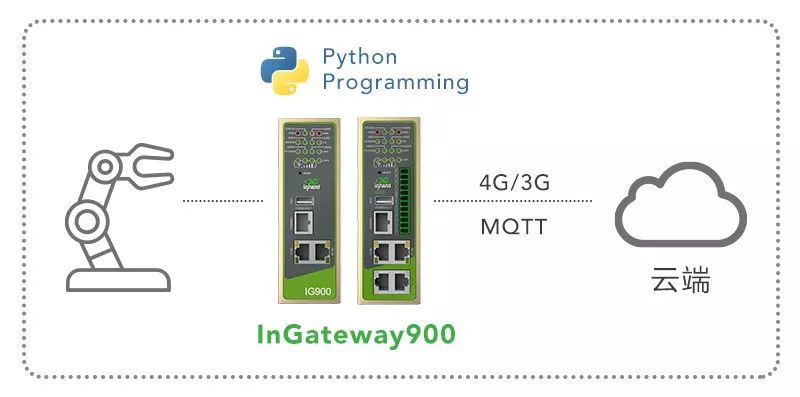
Figure: “Cloud” + “Edge” Industrial Robot Remote Management Ecosystem Solution
Conclusion: Nowadays, comparing data to oil is not an exaggeration; oil needs to be collected, transported, processed, and refined before it can be used, and industrial data is no different. Edge computing has stronger insights and analytical capabilities for collected data; the application of edge computing and the deployment of edge computing gateways will make the benefits of data generation clear, dispelling factory owners’ doubts about industrial data, allowing the industrial internet to truly be implemented at the “frontline.”
Edge-cloud collaboration brings immeasurable value to ICT manufacturers, OT manufacturers, OTT manufacturers, and telecom operators by deeply mining data, fostering business innovation and commercial model innovation, and accelerating digital transformation.
In the era of smart manufacturing, all segments of production need to be interconnected and able to interact in real-time. For instance, production data and equipment data from production, warehousing, and logistics need to be monitored and tracked in real-time, followed by intelligent predictions via big data processing, including pre-stocking and safety precautions. InHand Networks’ industrial IoT layout is precisely following the steps of Industry 4.0, leveraging “edge computing gateways + InHand Device Cloud + big data analysis,” employing edge-cloud collaboration to connect data collection, transmission, and processing, and conducting big data analysis to fully unleash the value of data, ultimately empowering the industrial IoT in all aspects.
